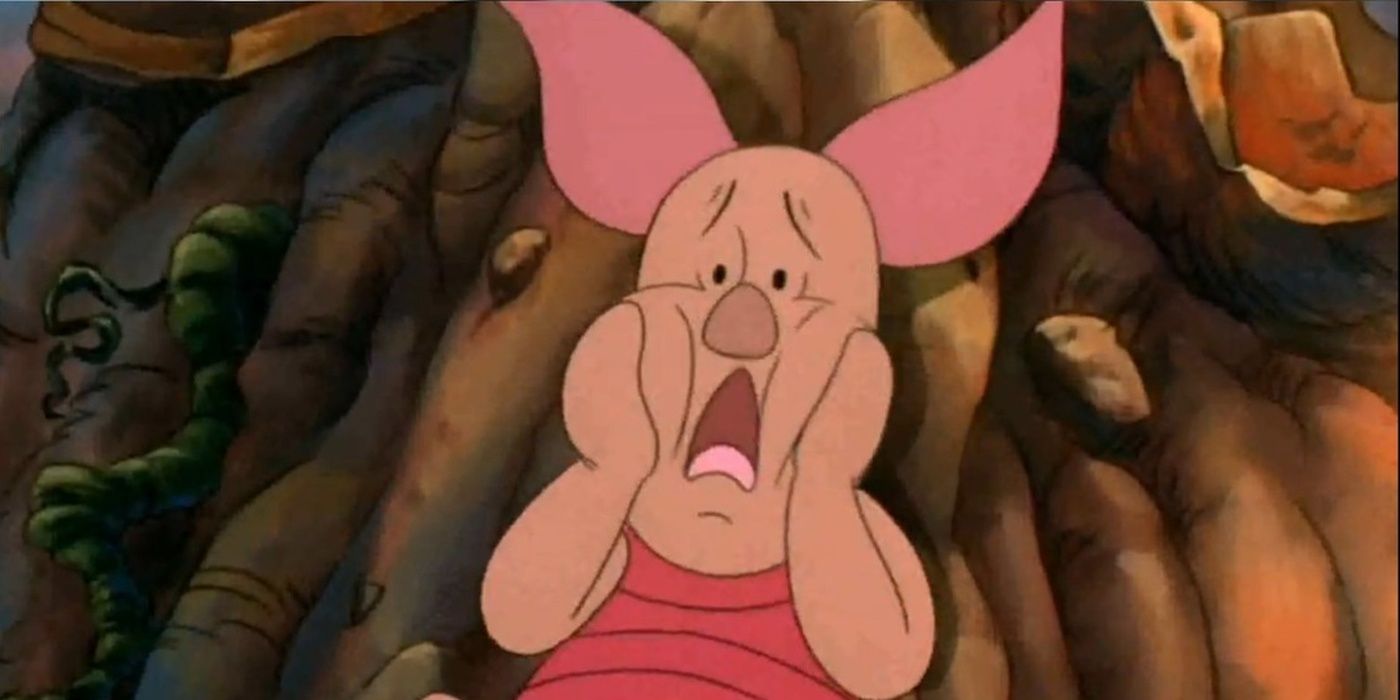
Background of Anxiety
Piglet is a character in Winnie the Pooh who is shy, easily frightened, and insecure, but also kind, caring, and smart. As his name might reflect, he is a small pig with pink skin, rose-colored ears, and nose, with thin black eyebrows and eyes. Piglet suffers from generalized anxiety disorder.
While occasional anxiety is common, individuals with anxiety disorders frequently suffer heightened and unreasonable levels of fear and worry. These emotions are usually accompanied by physical tension and various cognitive and behavioral symptoms. Managing these symptoms can be challenging, leading to significant prolonged distress if left untreated. Anxiety disorders disrupt everyday tasks and may harm one’s family, social, and academic life. Individuals diagnosed with Generalized Anxiety Disorder also known as GAD experience enhanced and persistent feelings of worry or nervousness, often concerning various matters minor or major, even when the thinking for such concern is little to none.
Some symptoms and patterns of anxiety are:
- trouble concentrating or making decisions.
- feeling irritable, tense or restless.
- experiencing nausea or abdominal distress.
- having heart palpitations.
- sweating, trembling or shaking.
- trouble sleeping.
- having a sense of impending danger, panic, or doom.
The Representation of Anxiety
Piglet holds the special title of being Winnie-the-Pooh’s dearest companion among the animals spotlighted in the tales, this including Eeyore and Tigger. Despite his petite size and naturally cautious nature. Piglet shows his anxiety throughout the film Winnie The Pooh, he is easily influenced and gets scared quite often which causes him to stutter in fear, but he tries his best to exhibit courage, occasionally overcoming his fears.
“Poor little Piglet. He lives his life in an anxious whirl.”(Motivated Minds). Every little thing, no matter how minor, triggers anxiety for Piglet, who is prone to extreme worrying. He displays symptoms of a typical anxiety disorder, often stemming from a noteworthy blow to his self-esteem. Therefore, our beloved piglet experiences immense stress, anxiety, and overall nervousness. His irrational fears lead to a noticeable stuttering speech impediment. So does Piglet represent Anxiety accurately? Lumen Learning states that “The movie accurately portrays generalized anxiety disorder in Piglet.”(lumen learning). In times of stress, Piglet’s anxiety tends to escalate and intensify, a common occurrence in people with generalized anxiety disorder, especially among young people. Children affected by this disorder may also display indications of self-doubt, just like Piglet.
While Pooh and his gang get stuck in a hole, Piglet is the only one not down there. So he is trusted with getting them out. Rabbit is trying to get Piglet to tie knots in a bunch of pieces of rope, but Piglets lack of confidence gets in his way.
“No, I cannot knot.” -Piglet
Winnie The Pooh
Piglet kept letting his “cannot” thoughts get in the way, even though he could tie a bow with the ropes. This portrays anxiety accurately in more ways than one including having trouble making decisions and having a sense of impending danger, panic, or doom.

Impact on Children
Furthermore, Winnie the Pooh contributes positively to children’s social and emotional growth. Through this film, children learn valuable life lessons on diversity, kindness, and mindfulness. For instance, the story emphasizes the importance of embracing differences and realizing one’s hidden strengths. Additionally, they instill values of respect, authenticity, and enjoyment in children. They do this through the characters and their stories, including their struggles and triumphs with the mental disorders they represent. Piglets disorder being anxiety, his story can show awareness and mindfulness to children, and it can also show symptoms and signs to parents. Some may disagree that Winnie The Pooh shows these disorders to children at too young of an age, but for those children it is more about the characters’ relationships and feelings, and the whole story and filmography. Others think Winnie The Pooh represents disorders in a good way, and makes children and adults aware of mental disorders such as generalized anxiety disorder.